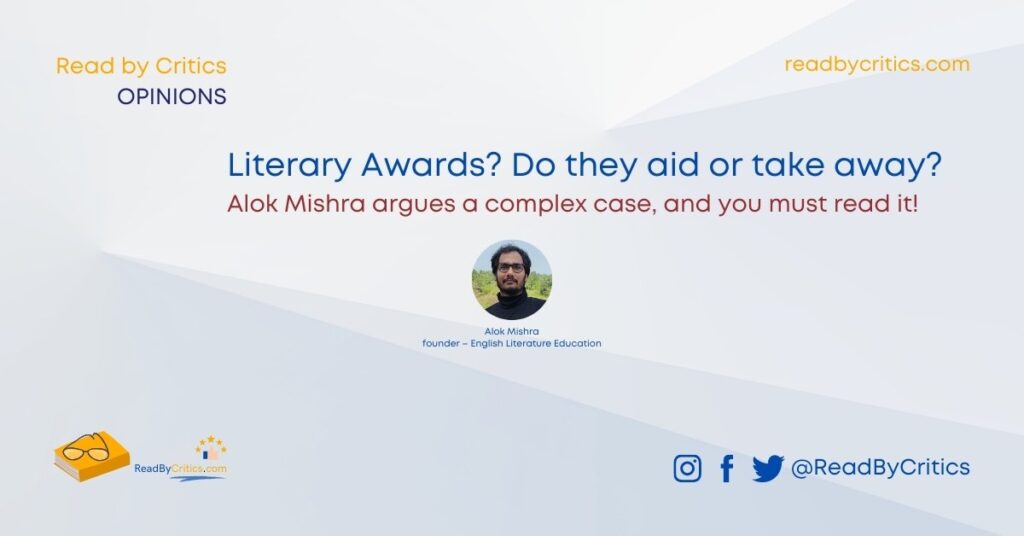The first lesson that a student of research learns in the classroom is about methodology. One has to remain steadfast, change with time, and ensure the tools of research are fitting according to the needs and measures of time, and relevant. However, there are some ’eminent’ researchers, in various fields of scholarship including history, who haven’t changed their tools even in the changing dynamics and amidst regular appearances of contradictory evidence. Though it is not necessary to build suspense because the title already gave it away, this is an article about the historical mischief and adventures of Romila Thapar who kept peddling innuendos, personal opinions and biased insinuations in the garb of history for many decades – thankfully exposed thoroughly on many occasions.
Romila Thapar requires no introduction! Posing as a prominent historian and being accepted as the same at face value by many, she has left an indelible mark on the study of ancient Indian history. It is beyond debate that many of her works have shaped the discourse and ‘understanding’ of the subject. It is equally noticeable that no alternate views were allowed to flourish and those disseminating were equally suppressed by the regimes. Consequently, singular views flourished… eventually, the version being repeated a thousand times became mainstream and today, when alternative views and contradictory evidence are coming out in the open, luckily, the mischievous and insidious historical crimes are being undone. And this gives us a primary view of the conspiracy! Much has to come in the open even now. A closer examination of Thapar’s books reveals several loopholes and problems that undermine the scholarly integrity of her work. I will list some examples so that anyone reading this critical article can understand what transpires as history in the eyes of this historian.
Selective Interpretation:
The very first thing that undervalues any work of scholarly nature is the presence of bias in evaluating the evidence. Romila Thapar’s books are filled with instances of selective and biased interpretations of historical records, scriptures, evidence and carvings among other historically important sources. It is Thapar’s tendency to engage in selective interpretation of evidence. Her interpretations often reflect a predetermined ideological stance rather than even a proportionally balanced analysis of the available historical records. She does not even care about being impartially partial, at least, while judging and commenting upon historical data. Why? Did she think the regimes might never change? Did she live in a nation where contrary facts being suppressed by the historians on the left might never see the light of day? For example, in her book “Ancient Indian Social History,” Thapar downplays the role of religious institutions and divisions on the basis of Varna, focusing instead on economic factors as the driving force of social change. However, on the other hand, she does entirely opposite. And it shows that she neglects pieces of evidence based on her choice and convenience. Such an approach neglects the complex interplay of religious, social, and economic forces, resulting in an incomplete and skewed understanding of the past.
Biased Interpretation of Religious Practices:
This is obvious. Those who read books by her must know her inherent disregard for the religious practices of the Hindu religion. And that impacts her interpretation of historical instances where Hindu religious dimensions are to discussed and evaluated. As a result, Thapar’s evaluation of religious practices often reflects a biased interpretation. For example, in her book “Sakuntala: Texts, Readings, Histories,” Thapar portrays and paints ancient Indian society as entirely patriarchal and oppressive to women. Her utter disregard (and ignorance coupled with hatred) for Hindu scriptures, loaded with contrary evidence and instances showing women being respected, does not allow her to mention the other side of the narrative. It is evident to the world, The Rigvedic hymns, such as the Hymn to the Earth Goddess (Bhūmī Sukta), celebrate the power and agency of women, indicating a more complex and diverse social fabric than Thapar’s portrayal suggests. As usual, no one is there to take accountability for such a mischievous interpretation of history that does not weigh all possible sources of historical evidence.
Downplaying Indigenous Sources:
Romila has long been known for her biases against the indigenous sources of Indian history, especially from ancient times. This apparent disrespect for such sources appears ironic when juxtaposed with her appreciation for sources of the same calibre from other civilisations – Greek, for example. By reading her books, anyone can observe that her approach to ancient Indian history is marked by a disconcerting inclination to downplay or dismiss indigenous sources in favour of Western or colonial accounts. In her book “Early India: From the Origins to AD 1300,” ‘historian’ Thapar relies singularly on Greek and Roman accounts – knowing about Bihar from people of Indonesia, for example – while giving lesser importance to indigenous sources such as Indian epics, Puranas, and inscriptions. This Eurocentric bias limits the richness and diversity of perspectives in her narratives, perpetuating a skewed understanding of India’s past. From her accounts in other books, she contradicts this philosophy (because we cannot pass it off as methodology, at all) herself. In “Somanatha: The Many Voices of a History,” the historian downplays external sources (Persian records of Somanatha’s destruction), seemingly authentic hitherto while putting the weight of her arguments on vivid and varied sources that suit her biased and rather political presumptions. In short, making her writings a stellar example of running with a hare and hunting with a hound, the author keeps exposing her presumptuous, subjective, and politically convenient versions of history.
Anachronistic Impositions:
This section should be suitable for those who come from historical academic backgrounds. A close and critical observation of her books could bring to light that Thapar’s historical approaches are also marred by the imposition of anachronistic categories and concepts onto ancient Indian society. While this act properly fits in the ranks of historical mischief, she conveniently applies this measure to show particular sections of ancient and otherwise Indian history in a bad light. For instance, she tends to apply contemporary notions of class, gender, and identity politics to analyse historical periods where such categories may not have had the same meaning or relevance. As a consequence, a student in high school or early college years might find himself trapped in subjective interpretations of historical records. Moreover, academically, this approach distorts the historical context and blurs the nuanced understanding of ancient Indian social structures and identities. There are many prominent examples one can extract from the writings of Thapar to exhibit her use of modern measures for ancient and old portions of historical facts. Let us focus on her book “Somanatha: The Many Voices of a History,”. Thapar imposes a modern communal lens on the medieval conflicts surrounding the Somanatha temple, oversimplifying complex historical dynamics.
Ignoring Contrary Evidence:
The sections discussed above already exhibited Thapar’s disregard for contrary pieces of evidence. In simple words, the author does not allow space in her books for alternative perspectives that challenge her interpretations. Naturally, this selective presentation of evidence undermines the rigorous and impartial nature of the historical inquiry. An inquiry cannot be justified, let alone complete unless all possible dimensions and pieces of evidence are analysed and interpreted. The deliberate mistake of ignoring contrary evidence is evident in the writings of Thapar on many occasions. In her book “The Penguin History of Early India,” Thapar casually brushes aside dissenting views and divergent scholarship without providing substantive arguments or engaging in scholarly debate. It reads more like someone reading a lopsided paper on the early history of India rather than an ’eminent’ author indulging in serious academic writing. This exclusionary approach stifles the development of a robust historiography and discourages a healthy exchange of ideas.
Conclusion:
There have been many publications of papers exposing biased and lopsided historical writings. With many historians and scholars coming out in the open to criticise the inauthentic and prejudiced writings of Thapar, we may need to reevaluate her contritions to the world of historical studies, academic and otherwise. Moreover, her historical approaches suffer from several glaring loopholes and problems. Selective interpretation, a bias towards Western sources, anachronistic impositions, and a tendency to dismiss contrary evidence undermines the scholarly integrity and relevance of her work. As historians, it is essential to critically evaluate and engage with multiple perspectives to be justly able to arrive at a nuanced understanding of the past. Selective selection of evidence and rejection of contradictory ones, disregard for indigenous sources of history, and presumptuously structured narrative cannot be suitable for historical writing. Therefore, the works by Thapar largely remain opinionated pieces of subjectively vocal and politically charged narratives on history rather than authentic works of history. Support of the regimes over decades has helped spread the notion that Romila Thapar is a respected historian… it was simply because no other historians were given state support and respect for their works as they did not toe the lines of the government. Today, when contradictory evidence is coming out and historians are presenting true records of history, it is inevitable to see historians like Thapar on the receiving end of criticism for their distortions of facts about India of the past.
Opinion by Ashish for ReadByCritics





1 Comment. Leave new
A historian who seldom writes objectively… good riddance once her books are off. Biased and prejudiced to the core.